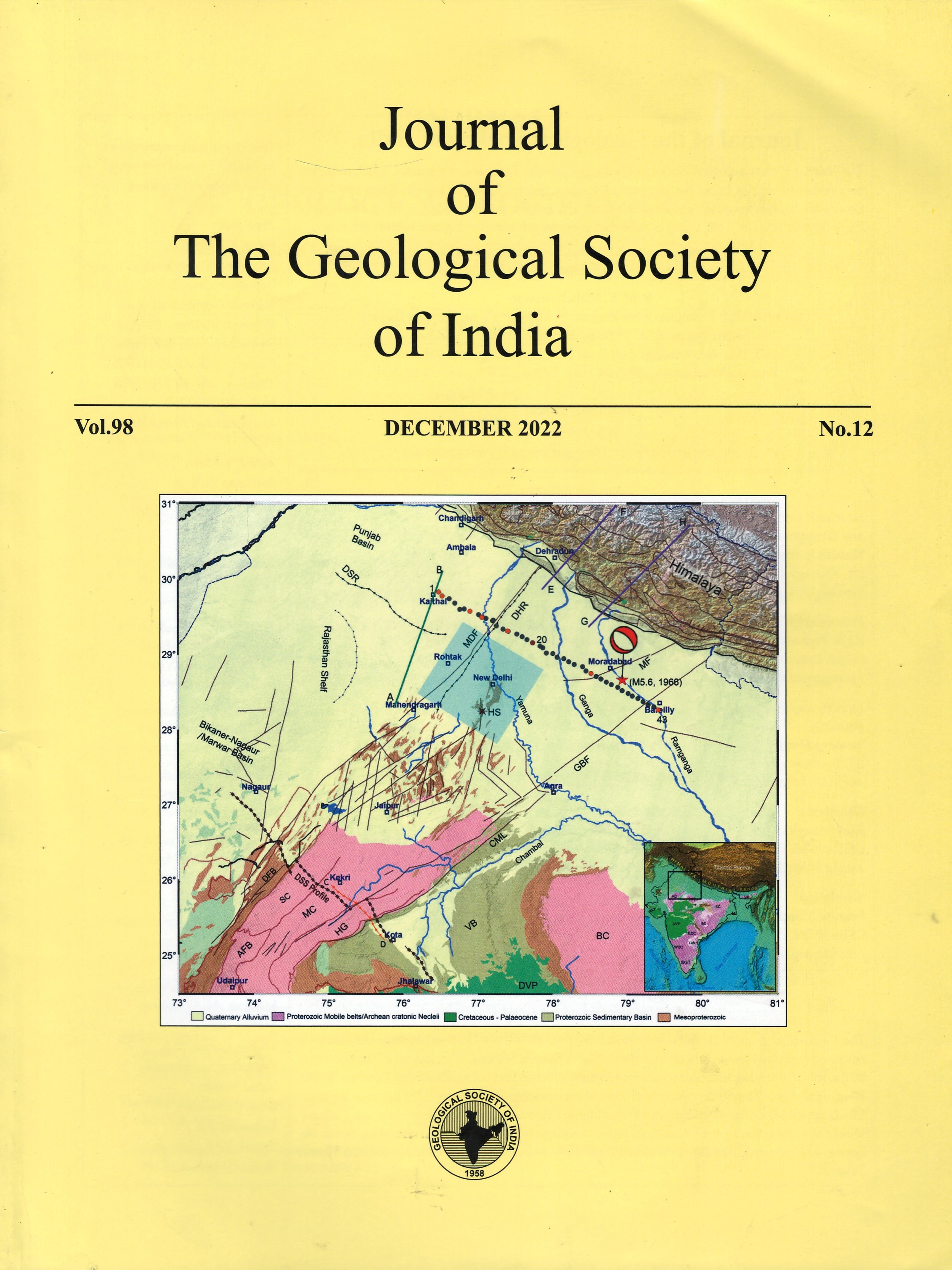Tertiary Himalayan Coal-bearing Sequences of India: A Reappraisal of their Evolutionary Consequences
DOI:
https://doi.org/10.1007/s12594-022-2240-6Keywords:
No KeywordsAbstract
This paper presents a comprehensive account on the evolution of the Tertiary Himalaya coals of India and their various attributes. The coal bearing sequences in Himalaya have formed in two different geotectonic settings, first under foreland basin (Oligocene coals of Assam, Nagaland and Arunachal Pradesh of northeastern India) and second under Platform basin (Eocene coals of Meghalaya of north-eastern India) conditions. The Jammu coals of northwest India developed in the late Paleocene in the western Himalayan foreland basin. A sea transgression inundated the Jammu area which gave rise to forest swamp and Jammu coals eventually formed under tropical humid climatic conditions in the tropical climatic belt of northern hemisphere. In northeastern India, the Oligocene coals have shown more maturity than the Eocene coals and have relatively high carbon content and they also have developed caking characters in many coalfields. This may be because the Eocene coal developed in the tropical climatic belt when the northern part of the northeast India was still in the southern hemisphere and the Oligocene coal evolved when the northern part of the northeast India was in the northern hemisphere and the collision during the Oligocene in this part improved the maturity of Oligocene coal due to Himalayan orogeny. The Himalayan coals are exceedingly rich in vitrinite with variable quantities of liptinite and inertinite macerals. Dominance of typical Tertiary angiospermic floral assemblage in the Himalayan coals is well indicated by the occurrence of single, double and triple celled telutospores.

 Prakash K. Singh
Prakash K. Singh






